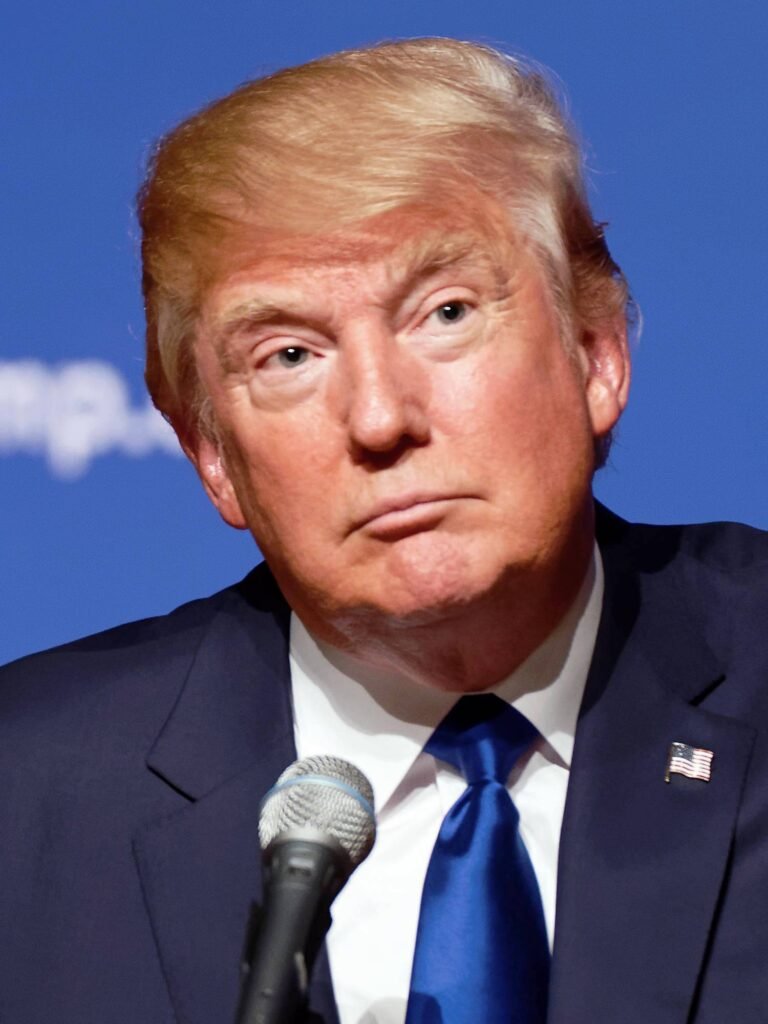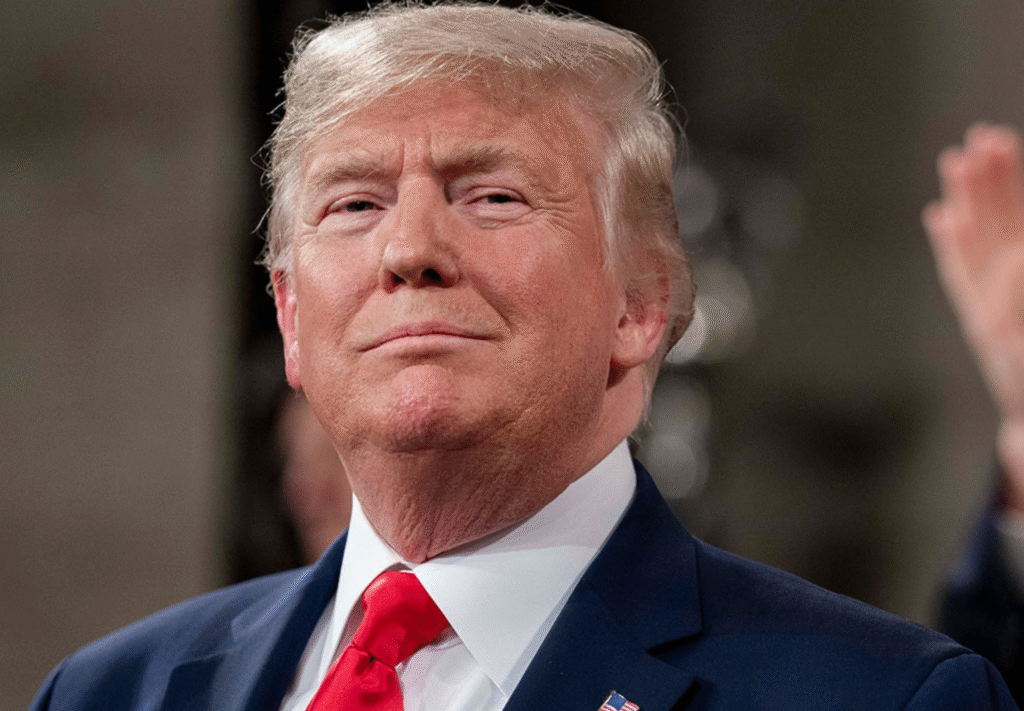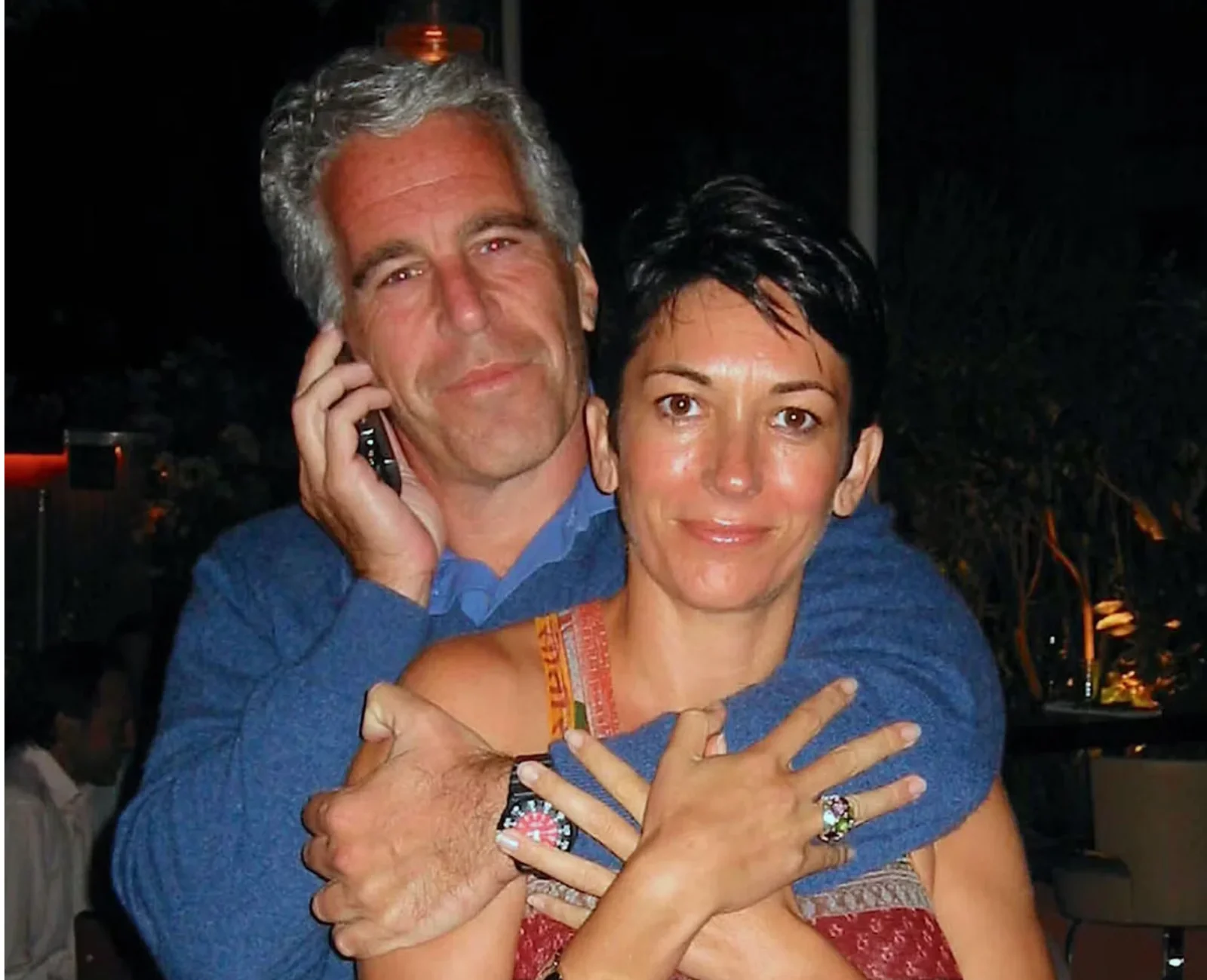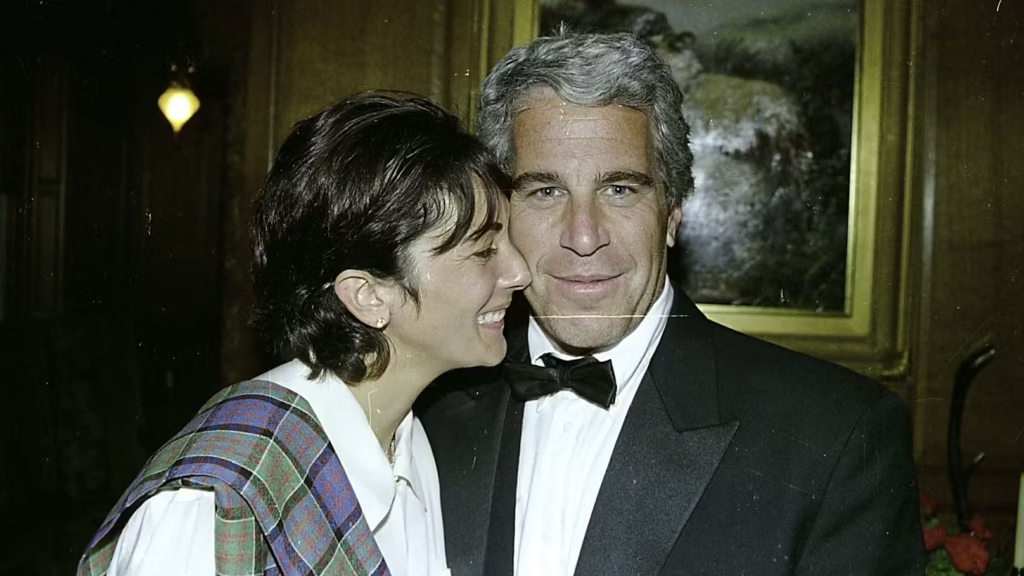World News
Why Ukraine is taking the war to Russia with drone attacks on August 3, 2023 at 10:00 am

Ukraine has increased its tempo of drone attacks against Moscow, seeking to bring the fight to Russia and ramp up domestic pressure on the Kremlin more than 18 months into the war.
“Gradually, the war is returning to the territory of Russia,” Ukrainian President Volodymyr Zelensky said in a speech earlier this week, after a drone shattered the facade of a Moscow skyscraper.
Kyiv has not claimed credit for many of the attacks. But it appears to be hoping that targeted strikes will confuse and divide Russia as Ukraine presses its counteroffensive against Moscow’s invading forces.
“In some ways it’s more effective than what Ukraine can do in the counteroffensive, because over there Ukraine is still fighting in its sovereign territory,” Michal Baranowski, the managing director for German Marshall Fund East, told The Hill.
“Ukrainians are basically trying to show the Russian elites that look, there is a cost to what Putin is doing … and in many ways that is more of a pressure point than young Russians dying on the front because they don’t care for that.”
The drone strikes inside Moscow, which began in May, have targeted military sites and business districts. Moscow was hit by two drone strikes within the span of two days this week, both of which the Kremlin referred to as terrorist attacks.
At least one person was injured in the attacks this week, but the strikes have not inflicted significant casualties. However, there are signs that they have spurred panic among Russian oligarchs.
A late May attack struck in the elitist Moscow district of Rublyovka and sparked fury from Wagner Group founder Yevgeny Prigozhin, the mercenary leader who led a brief rebellion against Russian President Vladimir Putin in June before reaching a deal to stand down.
Prigozhin, a rare Kremlin ally willing to speak out about the war, slammed Russia at the time for “allowing these drones to fly to Moscow.”
Ukraine likely is relying on a network of saboteur agents embedded inside Russia to carry out the drone attacks. The agents appear to be using Beaver kamikaze drones, about the size of a small vehicle with a range of at least 600 miles.
The drone strikes are not just being carried out inside Moscow. Ukraine has also launched them in Russian regions bordering Ukraine, in the Crimean Peninsula, which Putin illegally annexed in 2014, and on Russian ships in the Black Sea.
The stepped-up attacks will likely increase Russian efforts to crack down the shadowy networks responsible for them.
“There is only one way to deal with such a threat — the methodical identification and detention of Ukrainian agents and their sympathizers,” Russian military blogger Alexander Kots posted on Telegram.
Still, Mathieu Boulègue, a consulting fellow for the Russia and Eurasia Program at Chatham House, said history shows it can be hard to dismantle a network of shadow operations.
“We know these elements have been embedded inside Russian territory since day one,” Boulègue said. “They’re doing classic infiltration and subversion operations we’ve seen throughout wars in history.”
There may be another hidden cost to the drone strike tactic: Ukraine risking its moral high ground over Russia, an issue that has creeped up since the attacks began over the late spring.
Boulègue said he worried about critics across the governments of Western allies who are “increasingly starting to look for excuses to push Ukraine into negotiations” with Russia.
Ukraine argues that since Russia conducts frequent missile strikes on Ukrainian territory, responsive attacks on Russian soil are a legitimate act of self-defense.
“Nobody in Moscow, nobody in Crimea, can feel safe until the Russian troops stop killing Ukrainian civilians during this war,” said former Ukrainian President Petro Poroshenko on MSNBC.
But Ukraine does appear to be toeing a fine line on the issue.
A drone strike Tuesday hit a high-rise building in Moscow City, a wealthy business district in the capital of Russia. Videos circulated on social media showed an intense explosion unfolding across the streets of Moscow, leading to crying and panic.
Washington has avoided discussing the attacks inside Russia. Pentagon spokesperson Brig. Gen. Pat Ryder on Tuesday declined to speak on the drone attacks when asked.
“Our focus is on providing security assistance to Ukraine to enable them to defend their country inside Ukraine within their sovereign borders,” Ryder said at a briefing.
Boulègue said the moral argument carries little weight because there is “nothing you can do that will stoop lower than what Russia has done” in the war.
“It’s war. They are at war and their existential struggle for the survival of their nation and their people,” he said. “And they are using whatever they deem necessary to try to continue this work.”
Ukraine has increased its tempo of drone attacks against Moscow, seeking to bring the fight to Russia and ramp up domestic pressure on the Kremlin more than 18 months into the war. “Gradually, the war is returning to the territory of Russia,” Ukrainian President Volodymyr Zelensky said in a speech earlier this week, after a drone shattered…
News
US May Completely Cut Income Tax Due to Tariff Revenue

President Donald Trump says the United States might one day get rid of federal income tax because of money the government collects from tariffs on imported goods. Tariffs are extra taxes the U.S. puts on products that come from other countries.

What Trump Is Saying
Trump has said that tariff money could become so large that it might allow the government to cut income taxes “almost completely.” He has also talked about possibly phasing out income tax over the next few years if tariff money keeps going up.
How Taxes Work Now
Right now, the federal government gets much more money from income taxes than from tariffs. Income taxes bring in trillions of dollars each year, while tariffs bring in only a small part of that total. Because of this gap, experts say tariffs would need to grow by many times to replace income tax money.
Questions From Experts
Many economists and tax experts doubt that tariffs alone could pay for the whole federal budget. They warn that very high tariffs could make many imported goods more expensive for shoppers in the United States. This could hit lower- and middle‑income families hardest, because they spend a big share of their money on everyday items.
What Congress Must Do
The president can change some tariffs, but only Congress can change or end the federal income tax. That means any real plan to remove income tax would need new laws passed by both the House of Representatives and the Senate. So far, there is no detailed law or full budget plan on this idea.

What It Means Right Now
For now, Trump’s comments are a proposal, not a change in the law. People and businesses still have to pay federal income tax under the current rules. The debate over using tariffs instead of income taxes is likely to continue among lawmakers, experts, and voters.
News
Epstein Files to Be Declassified After Trump Order

Former President Donald Trump has signed an executive order directing federal agencies to declassify all government files related to Jeffrey Epstein, the disgraced financier whose death in 2019 continues to fuel controversy and speculation.
The order, signed Wednesday at Trump’s Mar-a-Lago estate, instructs the FBI, Department of Justice, and intelligence agencies to release documents detailing Epstein’s network, finances, and alleged connections to high-profile figures. Trump described the move as “a step toward transparency and public trust,” promising that no names would be shielded from scrutiny.
“This information belongs to the American people,” Trump said in a televised statement. “For too long, powerful interests have tried to bury the truth. That ends now.”
U.S. intelligence officials confirmed that preparations for the release are already underway. According to sources familiar with the process, the first batch of documents is expected to be made public within the next 30 days, with additional releases scheduled over several months.
Reactions poured in across the political spectrum. Supporters praised the decision as a bold act of accountability, while critics alleged it was politically motivated, timed to draw attention during a volatile election season. Civil rights advocates, meanwhile, emphasized caution, warning that some records could expose private victims or ongoing legal matters.
The Epstein case, which implicated figures in politics, business, and entertainment, remains one of the most talked-about scandals of the past decade. Epstein’s connections to influential individuals—including politicians, royals, and executives—have long sparked speculation about the extent of his operations and who may have been involved.

Former federal prosecutor Lauren Fields said the release could mark a turning point in public discourse surrounding government transparency. “Regardless of political stance, this declassification has the potential to reshape how Americans view power and accountability,” Fields noted.
Officials say redactions may still occur to protect sensitive intelligence or personal information, but the intent is a near-complete disclosure. For years, critics of the government’s handling of Epstein’s case have accused agencies of concealing evidence or shielding elites from exposure. Trump’s order promises to change that narrative.
As anticipation builds, journalists, legal analysts, and online commentators are preparing for what could be one of the most consequential information releases in recent history.
Politics
Netanyahu’s UN Speech Triggers Diplomatic Walkouts and Mass Protests

What Happened at the United Nations
On Friday, Israeli Prime Minister Benjamin Netanyahu addressed the United Nations General Assembly in New York City, defending Israel’s ongoing military operations in Gaza. As he spoke, more than 100 delegates from over 50 countries stood up and left the chamber—a rare and significant diplomatic walkout. Outside the UN, thousands of protesters gathered to voice opposition to Netanyahu’s policies and call for accountability, including some who labeled him a war criminal. The protest included activists from Palestinian and Jewish groups, along with international allies.

Why Did Delegates and Protesters Walk Out?
The walkouts and protests were a response to Israel’s continued offensive in Gaza, which has resulted in widespread destruction and a significant humanitarian crisis. Many countries and individuals have accused Israel of excessive use of force, and some international prosecutors have suggested Netanyahu should face investigation by the International Criminal Court for war crimes, including claims that starvation was used as a weapon against civilians. At the same time, a record number of nations—over 150—recently recognized the State of Palestine, leaving the United States as the only permanent UN Security Council member not to join them.
International Reaction and Significance
The diplomatic walkouts and street protests demonstrate increasing global concern over the situation in Gaza and growing support for Palestinian statehood. Several world leaders, including Colombia’s President Gustavo Petro, showed visible solidarity with protesters. Petro called for international intervention and, controversially, for US troops not to follow orders he viewed as supporting ongoing conflict. The US later revoked Petro’s visa over his role in the protests, which he argued was evidence of a declining respect for international law.

Why Is This News Important?
The Gaza conflict is one of the world’s most contentious and closely-watched issues. It has drawn strong feelings and differing opinions from governments, activists, and ordinary people worldwide. The United Nations, as an international organization focused on peace and human rights, is a key arena for these debates. The events surrounding Netanyahu’s speech show that many nations and voices are urging new action—from recognition of Palestinian rights to calls for sanctions against Israel—while discussion and disagreement over the best path forward continue.
This episode at the UN highlights how international diplomacy, public protests, and official policy are all intersecting in real time as the search for solutions to the Israeli-Palestinian conflict remains urgent and unresolved.

 Entertainment3 days ago
Entertainment3 days agoWicked Sequel Disappoints Fans: Audience Verdict on For Good

 Entertainment3 weeks ago
Entertainment3 weeks agoAfter Party: Festival Winner for Best Romantic Short

 News3 weeks ago
News3 weeks agoCamp Wackapoo – Rise of Glog Takes Center Stage

 Entertainment3 weeks ago
Entertainment3 weeks agoFrancisco Ramos Takes Top Mockumentary Award at Houston Comedy Film Festival

 News2 weeks ago
News2 weeks agoYolanda Adams Questions Traditional Views on God’s Gender, Audience Reacts

 Politics3 weeks ago
Politics3 weeks agoTrump’s $2,000 Tariff Dividend Plan: Who Gets Paid?

 Politics4 weeks ago
Politics4 weeks agoMamdani’s Victory Triggers Nationwide Concern Over New York’s Future

 Film Production3 weeks ago
Film Production3 weeks agoWhy China’s 2-Minute Micro Dramas Are Poised To Take Over The U.S.



























